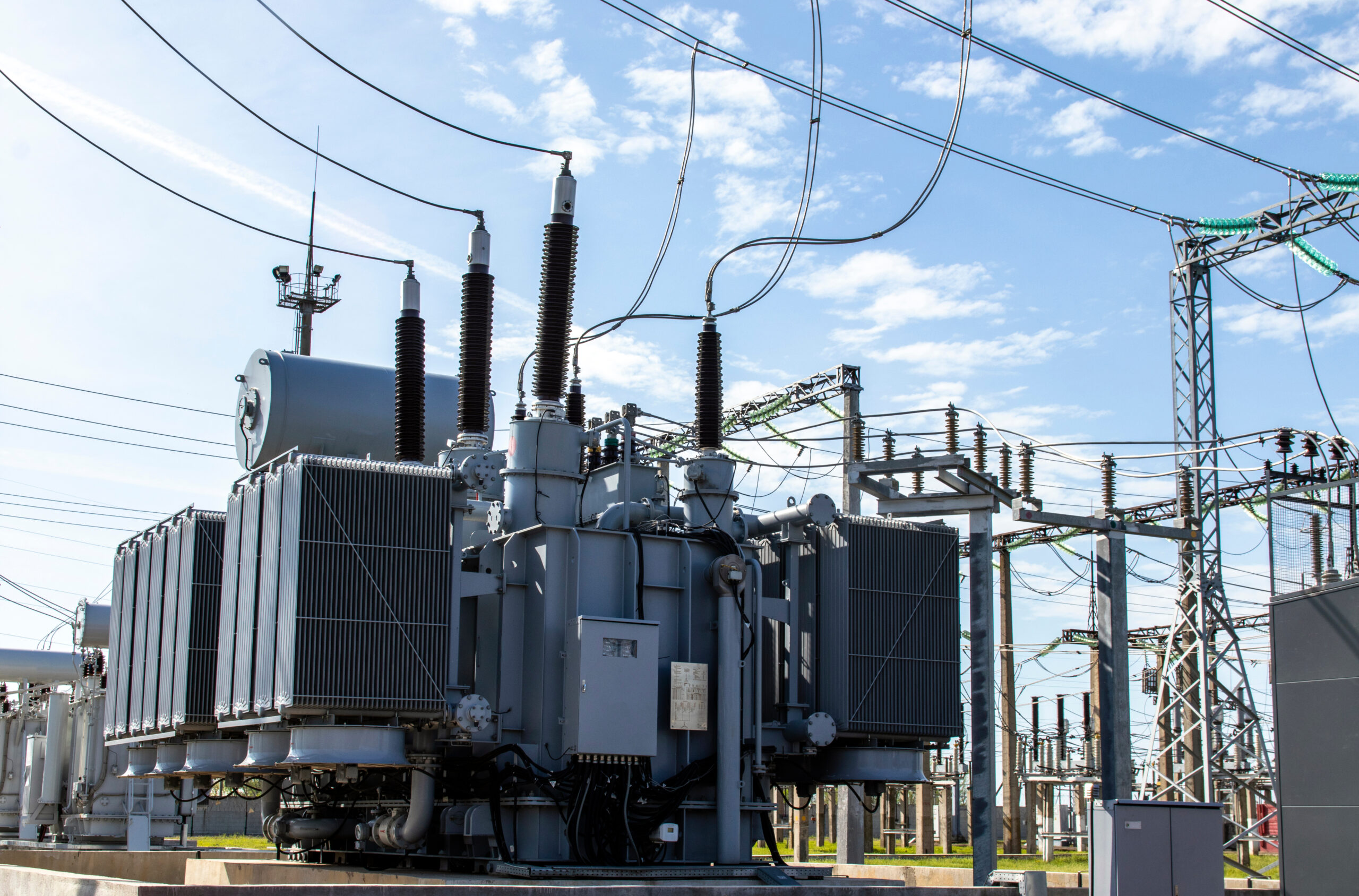“Batteries are strong drivers of intraday market liquidity”
Intraday liquidity in power markets may seem like a niche topic. But it is rapidly increasing in importance for the monetisation & risk management of power asset value.
Intraday markets bridge the gap between day-ahead auctions and real time balancing markets. As wind & solar penetration increase rapidly across Europe, there is a growing requirement to balance intermittent output in the intraday market e.g. as weather conditions & forecasts change. Changes to balancing market rules are increasing incentives for assets to balance via trading in intraday markets ahead of real-time balancing, supporting intraday liquidity growth.
In parallel, investment in battery storage is increasing the supply of rapid short term flexibile response operating in intraday markets. The interaction between BESS and RES assets is set to drive a substantial increase in intraday liquidity over the next few years.
In today’s article we look at the current state of play for intraday liquidity across several key European power markets. We also look at why intraday liquidity is set to play an increasingly important role in driving BESS asset returns.
Intraday liquidity: a comparison across 4 key markets
Let’s start with some hard data. Chart 1 illustrates trends in intraday liquidity in the continuos traded market across the last 3 years, scaled by total power market demand volumes. We compare four key markets Germany, GB, Italy and Iberia.
Chart 1: Traded intraday volumes as a % of market load

Source: Timera, EPEX, GME, OMIE
Some takeaways from the chart:
Germany leading the way
Germany stands out as having the strongest intraday liquidity in Europe. It also has the strongest growth (rising from around 10% to over 20% of load across the last 3 years).
Why? Because RES penetration is rising fast and there are strong incentives to balance wind & solar ahead of real-time delivery. Liquidity is also helped by Germany playing a ‘hub market role’ at the center of Europe’s interconnected network of power markets.
The recent increase in liquidity is driven by the growth in 15-minute product trades, now accounting for approximately 30-35% of all transactions.
Growth in Great Britain:
RES penetration (particularly wind) is growing fast in the GB market. So is BESS capacity coming online (now ~4GW of capacity). The associated increase in storage balancing of RES swings is helping to support intraday liquidity growth, spurred by the popularity of 30-minute products trades.
This is supporting a significant growth in GB intraday liquidity which is heading towards German market levels on a relative basis.
Italy Developing
In Italy, the liquidity of the XBID intraday continuous markets is growing gradually but remains relatively low compared to Germany and GB.
It is currently limited to trading hourly products, but significant developments are expected with the planned introduction of 15-minute products by the beginning of 2025. This change, aligned with a shift in the imbalance settlement period for renewables from 60 to 15 minutes, may boost market liquidity when coupled with Italy’s growth in RES and BESS capacity (given strong policy support).
Iberia stagnant… so far
Like Italy, the Iberian continuous intraday market currently allows trades for only hourly products. Despite having a higher penetration of intermittent renewables compared to Italy, its liquidity is only slightly higher. Spain also has virtually no battery storage capacity online yet given a lack of policy clarity.
However the introduction of more granular products and shorter imbalance settlement periods, combined with RES & BESS growth over time, could drive significant growth in liquidity as this decade progresses.
In both Italy and Iberia part of the potential intraday continuous market liquidity is absorbed by intraday auctions (3 auction sessions in Italy and 6 in Iberia) used to implicitly allocate transmission capacity after Day-Ahead.
Visualising intraday price distributions
In Chart 1 we looked at intraday volumes. In Chart 2 we look at intraday price distributions across a 2023 sample year.
Chart 2: Monthly price quantile area representation for prices in 2023 across markets

Source: Timera, EPEX, GME, OMIE
Chart 2 illustrates just how volatile intraday prices in Germany have become as RES penetration has increased and thermal assets closed. There are regular periods of quite extreme intraday prices, both high and low/negative. This is one of the key factors driving strong investor interest in German BESS assets which are ideally suited to harvest this intraday volatility.
Across all markets, RES penetration is driving a structural trend of increasing intraday volatility. Behind this is an increase in incidence of low/negative prices (set by low carbon assets) and higher priced periods (set by peaking assets).
Intraday liquidity and BESS assets
Growth in intraday value capture typically underpins a robust BESS asset investment case. This reflects the key competitive advantage of batteries in providing rapid, shorter duration balancing response for growing wind & solar output fluctuations.
There is strong market & policy momentum in Europe behind shorter imbalance settlement periods and the introduction of more granular traded products. This is set to bolster intraday liquidity and support BESS value capture.
Batteries are also set to be a key source of intraday liquidity growth. They are natural liquidity providers and effectively operate as intraday ‘market makers’ supplying liquidity via bids & offers to reoptimize their storage flexibility.
There is a common misconception that intraday market liquidity will be exhausted as BESS capacity volumes grow. This is not the right way to think about it. Growth in BESS capacity (& intraday RES balancing requirements) is set to support growth in intraday liquidity.
Intraday value capture is key for BESS asset investment
Timera is a buy-side focused consultancy and one of our key areas of work is supporting equity investors & lenders deploy capital into BESS assets & platforms. This means we see a broad range of sell side analysis of BESS asset revenue forecasts.
Through this work, we have seen regular examples of sell side BESS revenue analysis that misrepresents intraday value capture. Common issues are:
- Deterministic modelling – BESS assets need to be modelled with a sophisticated stochastic optimisation model (aligned with how optimisers will actually trade the assets)
- Perfect foresight assumptions with crude haircuts – it is key to properly integrate imperfect foresight into BESS optimisation modelling to generate realistic value capture
- Valuing BESS in stack models – stack models cannot properly capture the flexibility of BESS asset dispatch & value capture
- Crude volatility forecasting – volatility should be projected via analysis in a stochastic power market model not via extrapolations of historically observed price behaviour.
There is direct empirical evidence of batteries generating a substantial portion of total revenue from re-optimisation in the intraday market, particularly in the German & GB markets. However, value capture depends on practical constraints such as the imperfect foresight of traders & algorithms and actual behaviour of tradeable product prices.
Robust analysis of intraday revenue capture using stochastic modelling with imperfect foresight is a key factor underpinning a viable BESS investment case.



